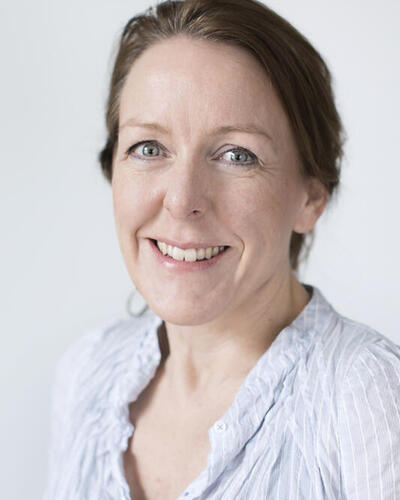- E-mailkristine.m.stangenes@uib.no
- Visitor AddressAlrek helseklynge, blokk D, Årstadveien 175009 Bergen
- Postal AddressPostboks 78045020 Bergen
My research interests
• Sleep and Sleep Disorders
• Pediatric Diseases
• Registry Data
In my doctoral project, I researched the prevalence of sleep problems in children born extremely preterm and examined the factors during pregnancy, birth, or the neonatal period that were associated with these issues. Furthermore, I explored whether neurological impairments, behavioral problems, and lung diseases served as risk factors for sleep problems in these children. For additional information, you can find more details here: Bergen Open Research Archive: Sleep habits and sleep problems among children born extremely preterm: A Norwegian population-based cohort study (uib.no)
- (2023). Evaluating national guidelines for monitoring early growth using routinely collected data in Bergen, Norway. Scandinavian Journal of Public Health. 8 pages.
- (2023). Cerebral palsy in children born after assisted reproductive technology in Norway: Risk, prevalence, and clinical characteristics. Acta Obstetricia et Gynecologica Scandinavica. 1450-1458.
- (2022). Trends in the prevalence of breastfeeding up to 6 months of age using structured data from routine child healthcare visits. Acta Paediatrica. 100-105.
- (2021). Trisomi 21 – insidens, diagnostikk og svangerskapsavbrud 2018. Tidsskrift for Den norske legeforening. 1696-1700.
- (2019). Sleep problems, behavioural problems and respiratory health in children born extremely preterm: a parental questionnaire study . BMJ Paediatrics Open. 1-7.
- (2018). Prenatal and neonatal factors predicting sleep problems in children born extremely preterm or with extremely low birthweight. Frontiers in pediatrics. 1-9.
- (2017). Children born extremely preterm had different sleeping habits at 11 years of age and more childhood sleep problems than term-born children. Acta Paediatrica. 1966-1972.
- (2007). Randomized placebo-controlled field study of the effects of bright light and melatonin in adaptation to night work. Scandinavian Journal of Work, Environment and Health. 204-214.
- (2006). Subjective and objective measures of adaptation and readaptation to night work on an oil rig in the North Sea. Sleep.
- (2020). Årlig driftsrapport 2019. Helseregistre ved Folkehelseinstituttet . .
- (2021). Fødselsstatistikken 2019, nr 2. Fødselsnytt. 1-4.
- (2020). Fødselsstatistikken 2019. Fødselsnytt. 1-4.
- (2018). Fødselsstatistikken 2018, nr 1. Fødselsnytt. 1-4.
- (2018). Fødselsstatistikken 2017. Fødselsnytt. 1-4.
- (2018). Fødselsstatistikken 2017. Fødselsnytt. 1-4.
- (2020). Færre vert gravide. Tidsskrift for Den norske legeforening. 1-5.
- (2020). Sleep habits and sleep problems among children born extremely preterm: A Norwegian population-based cohort study.
- (2006). Effects of bright light and melatonin on adaptation to night work. A randomized placebo-controlled field study at an oil rig in the North Sea. Sleep. A62-A62.
More information in national current research information system (CRIStin)
Early events' impact on sleep in childhood and sleep in children with chronic illness
Sleep is problematic for many children and adolescents, with a total of 25% experiencing one or more sleep issues during their upbringing. For some, sleep problems persist despite the existence of effective treatments for many of these issues. The healthcare system needs more knowledge about which groups of children and adolescents are at particular risk of developing sleep problems. The overarching goals of the project are:
- Examine whether known risk factors for disrupted brain development in the prenatal, perinatal, and neonatal periods are also risk factors for sleep problems in children in the general population.
- Investigate whether children with various types of chronic illnesses have more sleep problems than other children.
- Explore whether adolescents born extremely preterm at the age of 18 experience sleep problems more frequently than adolescents in the control group. Investigate whether specific factors during pregnancy, birth, or the neonatal period predict these issues.
Data in the project
Data from electronic health records (EHR) at health stations (Health Profile 0-20) in Bergen Municipality are linked with data from the Medical Birth Registry. For more detailed information about this part of the project, see: Project #543143 - Forekomst og betydning av søvnvansker hos barn - Cristin.
Data from the national follow-up study of children born extremely preterm (Project Extreme Prematurity) with data from ung@hordaland as the control group. See the description of Project Extreme Prematurity here: Prematurity | Westpaed.
